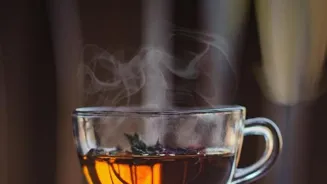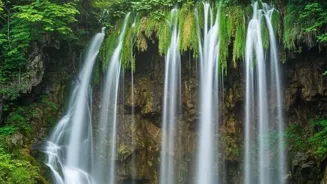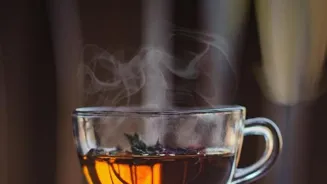Unravel the Mysteries of Indian Chai - A Journey from Plant to Cup! Dive into the magical world of tea in just one sip
India, the land of vibrant colours and diverse cultures, is synonymous with chai. This
humble beverage, a comforting blend of tea leaves, milk, sugar, and spices, is more than just a drink; it's an integral part of the Indian ethos.
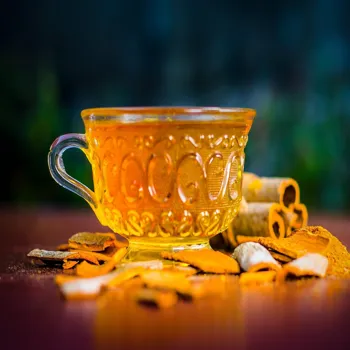
From bustling city streets to serene mountain villages, chai is a constant companion, a facilitator of conversations, and a warm embrace in a cup. But have you ever stopped to ponder the incredible journey this everyday elixir undertakes to reach your cup?
Let's embark on a fascinating exploration, tracing the path of chai from the tea plant to the steaming mug you hold in your hands.
Tea gardens nurture Camellia sinensis for rich harvests
The journey begins in the tea gardens, sprawling across the misty hills of Darjeeling, Assam, and Munnar, among other regions. Here, the Camellia sinensis plant, the source of all tea, thrives under the watchful eyes of tea planters.
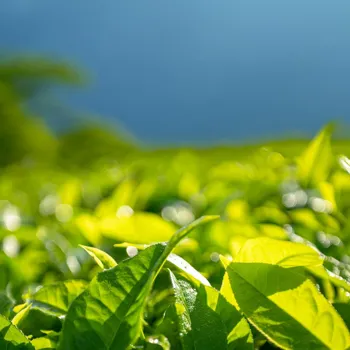
These tea gardens are not merely agricultural sites; they are vibrant ecosystems, supporting entire communities and playing a crucial role in the local economy. The process starts with cultivating the seeds where the proper climate and water conditions are given.
The young tea plants are nursed with the utmost care and are then planted in rows across the gardens for proper sunlight and air circulation. From the moment the tender saplings sprout, meticulous attention ensures optimal growth, setting the stage for a flavorsome harvest.
The plant is nurtured through the expertise of many people working in the gardens.
Tea pluckers harvest 'two leaves and a bud' for finest tea
The harvesting of tea leaves is a meticulous art, often carried out by hand. Skilled tea pluckers, predominantly women, carefully select only the youngest and most tender leaves – typically the bud and the first two leaves – known as ‘two leaves and a bud’.
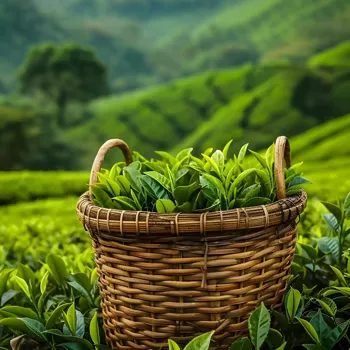
This selective harvesting ensures the highest quality tea, as these young leaves are richest in flavour and aroma. The pluckers use a special basket that can be slung on the back.
The efficiency of the workers play a key role in the overall process because the produce depends upon how accurately the perfect leaves were plucked. The tea pluckers often sing amongst themselves to lighten their workload and to keep their cheerful spirit.
When you take the first sip of a properly brewed chai, you are tasting the result of the tea pluckers’ hard-work put together.
Tea leaves undergo processes to become different types of tea
Once harvested, the tea leaves undergo a series of processes to transform them into the dried tea that we recognise. The first step is withering, where the leaves are spread out to reduce their moisture content.
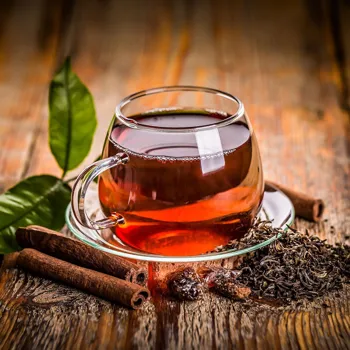
This process can be done naturally, by exposing the leaves to air, or artificially, using controlled environments. After withering, the leaves are rolled and then undergo a complex chemical change that dictates the tea's colour, flavour, and aroma.
The methods used to create different types of tea vary at this point. Green tea, for example, is heated to prevent oxidation, preserving its verdant colour and grassy flavour. Oolong tea undergoes partial oxidation, resulting in a complex flavour profile that can range from floral to fruity.
Black tea, the most common type used in chai, is fully oxidized, giving it a deep colour and robust flavour.
Drying tea affects flavor and quality; various methods play a role
The next step, drying, halts the oxidation process and reduces the moisture content to a level where the tea can be safely stored. Different drying methods are used, each contributing to the final character of the tea. Sun-drying, for example, imparts a unique flavour to the tea.
Once dried, the tea is sorted and graded according to leaf size and quality. Different grades of tea leaves are used, depending on the location from which it is picked. The quality assessment of the tea depends on how accurately the pluckers take the leaves from the gardens.
Each grade has its own distinct characteristics and uses, for example, broken leaves are often used in tea bags, while whole leaves are preferred for loose-leaf tea.
Tea distribution from plucking to your cup, with spices
Now that the tea leaves have been plucked, sorted and everything, it is time for them to get delivered to the local shops. The distribution channels vary in different parts of the country.
In some places there are small scale local distributors while in other tea producing regions there are large scale distributors. The tea is packed in large sacks and transported to different parts of the country. From there, it finally makes its way to our homes.
At home, different types of chai are prepared using fresh herbs and ingredients. Indians love to add various spices to bring more taste to the cup of chai. Even minor temperature changes can affect the taste of the tea. Hence proper procedure must be followed.
From plant to cup, chai embodies history, culture, and hard work
Finally, the tea reaches your cup. The journey from plant to cup is a testament to the hard work, dedication, and expertise of countless individuals.
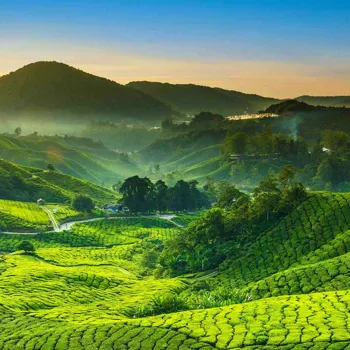
When sipping your next cup of chai, take a moment to appreciate the rich history, the intricate processes, and the cultural significance that this humble beverage embodies.
Chai is more than just a drink; it's a story in every sip, a connection to the land, and a celebration of India's vibrant heritage. The next time you savor the rich aroma and flavour of your chai, remember the incredible journey it has undertaken, from the misty tea gardens to your welcoming cup.
The journey of chai tea will continue as long as there are tea pluckers and tea makers.
